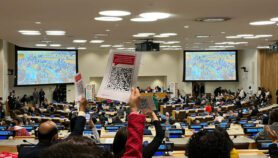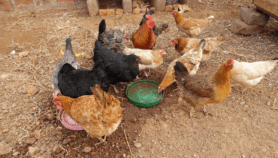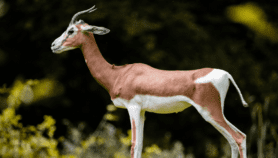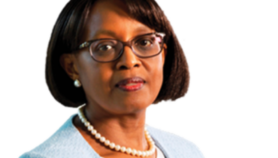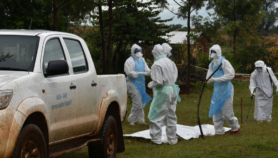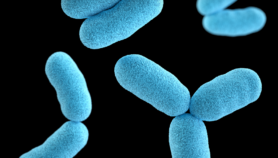By: Wachira Kigotho
Send to a friend
The details you provide on this page will not be used to send unsolicited email, and will not be sold to a 3rd party. See privacy policy.
Researchers last week suggested that giving malaria drugs to African children at specific times of the year could reduce the disease’s death toll.
Lead researcher Badara Cissé, of the London School of Hygiene and Tropical Medicine, United Kingdom, says the approach would prevent one-third of the deaths from malaria among children under the age of five.
But, he says that cost could make it difficult to implement.
Cissé led a clinical trial in central Senegal, where, as in many parts of Africa, malaria transmission is seasonal.
In these areas, people become infected during or shortly after the rainy season, and malaria causes one-quarter of deaths in the under-fives.
The trial, whose results were published in The Lancet on Friday (24 February), involved 1,088 children under the age of five.
During the malaria transmission season, half of them received three doses of an artemisinin-based therapy — believed to be the most effective treatment against malaria — while the other half received a placebo treatment.
After 13 weeks, the number of cases of clinical malaria in the group that had received treatment had fallen by 86 per cent compared to the placebo group.
Despite the success of the experimental treatments, the cost of artemisinin combination therapy could make such a policy difficult to implement.
One dose of the therapy costs US$1-3. Many families in sub-Saharan Africa can barely afford US$0.13 to buy a single dose of the less effective drug chloroquine.
Link to full paper in The Lancet
Reference: The Lancet 367, 659 (2006)






